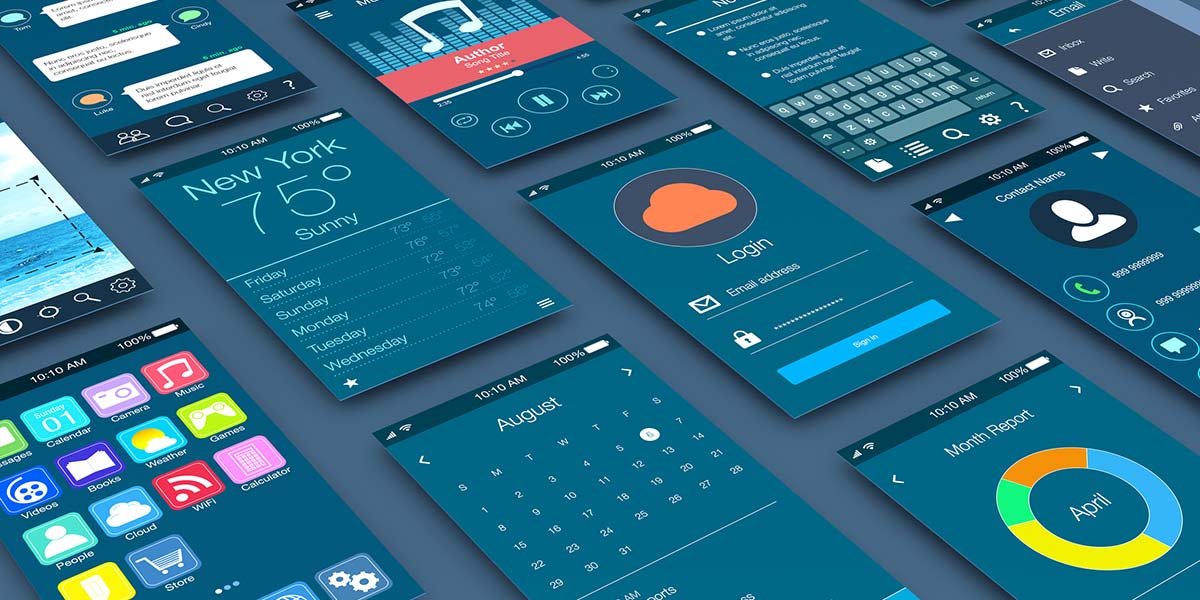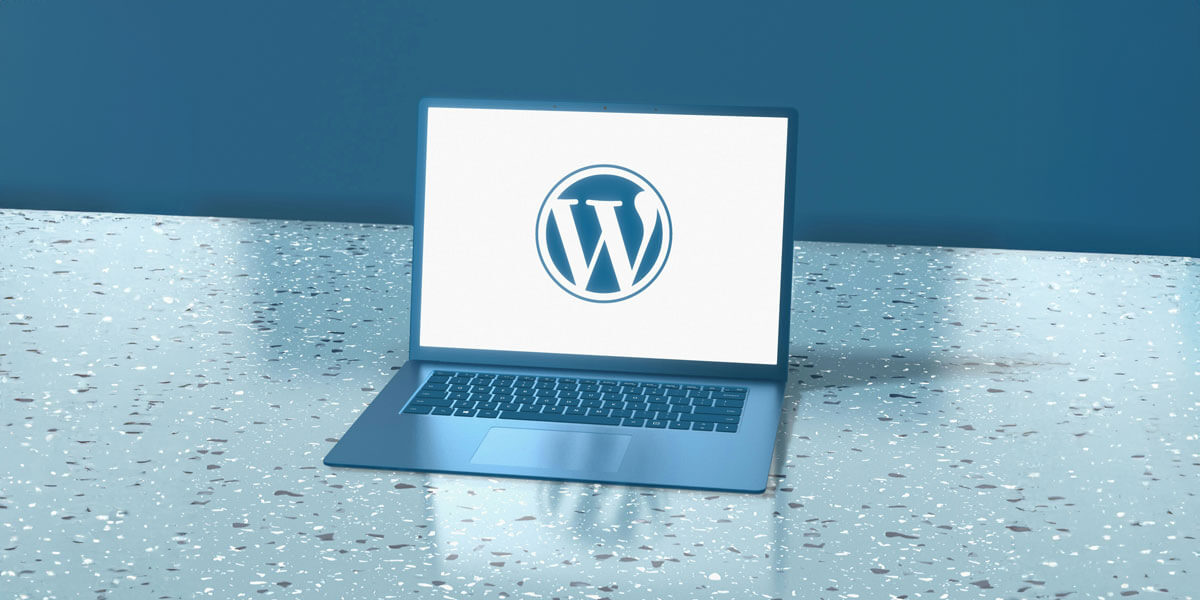A user interface (UI) refers to the point of contact between humans and computers. For instance, any screens, sounds or responsiveness are all elements of UI. Therefore, a well-designed UI plays a crucial role in the success of your website.
An intuitive and visually appealing UI not only enhances user experience but also improves engagement, conversion rates and overall user satisfaction. Let’s explore some of the best practices for UI design in website development.
Understand Your Users
Before starting the design process, take the time to understand your target audience. Conduct user research and gather insights into their needs, preferences and expectations. This information will guide your design decisions and ensure that your UI caters to your unique audience.
Keep it Simple and Consistent
Simplicity is a key element in UI design. A cluttered and complicated interface can confuse users, cause frustration and increase bounce rates. Strive for simplicity by using a clean layout, clear navigation and concise content.
Additionally, maintain consistency throughout the interface by using a standardized design language, including color schemes, typography and visual elements. Consistency creates a sense of familiarity and helps users navigate the website more easily.
Prioritize Visual Hierarchy
Visual hierarchy refers to the arrangement of elements on a page to guide users’ attention and emphasize important information. By establishing a clear visual hierarchy, you can ensure that users easily grasp the structure and content of your website. Use size, color, contrast and typography to create a visual distinction between different elements.
Responsive Design
With the increasing use of mobile devices, responsive design has become imperative for a successful website. Ensure that your UI design is responsive, meaning it adapts seamlessly to different screen sizes and resolutions. Optimize your layouts, images and interactions to provide a consistent and enjoyable user experience across various devices.
Intuitive Navigation
Navigation is a crucial aspect of UI design, as it helps users explore and find the information they need. Incorporate clear and intuitive navigation menus, preferably located at the top or left side of the screen. Use descriptive labels for navigation items and consider implementing breadcrumb trails or search functionalities to encourage users to explore further.
Attention to Typography
Typography has a significant impact on the readability and overall aesthetics of a website. Choose fonts that are easy to read and appropriate for your brand identity. Maintain a good balance between font sizes and line spacing to ensure comfortable reading experiences. Additionally, add headings, subheadings and bullet points to break up content and make it easy to scan.
Use White Space Wisely
White space, or negative space, refers to the empty areas between design elements. It helps create a sense of visual balance and improves readability for users. Incorporate ample white space around important elements to give them prominence and avoid overcrowding. White space can also enhance the overall aesthetics and make the design feel more modern and clean.
User Feedback and Testing
Iterative design is a crucial part of the UI development process. Gather user feedback through usability testing and incorporate it into your design iterations. User feedback helps you identify pain points, usability issues and areas for improvement. Regular testing also ensures that your UI design aligns with the needs and expectations of your users.
Conclusion
A well-executed user interface design is essential for creating engaging and user-friendly websites. By following best practices, you can enhance the user experience, improve usability and increase user satisfaction.
Magna Technology is happy to be your partner for web development and ongoing maintenance! Contact us today to learn more about our services and how they can improve the user experience for your target audience.




